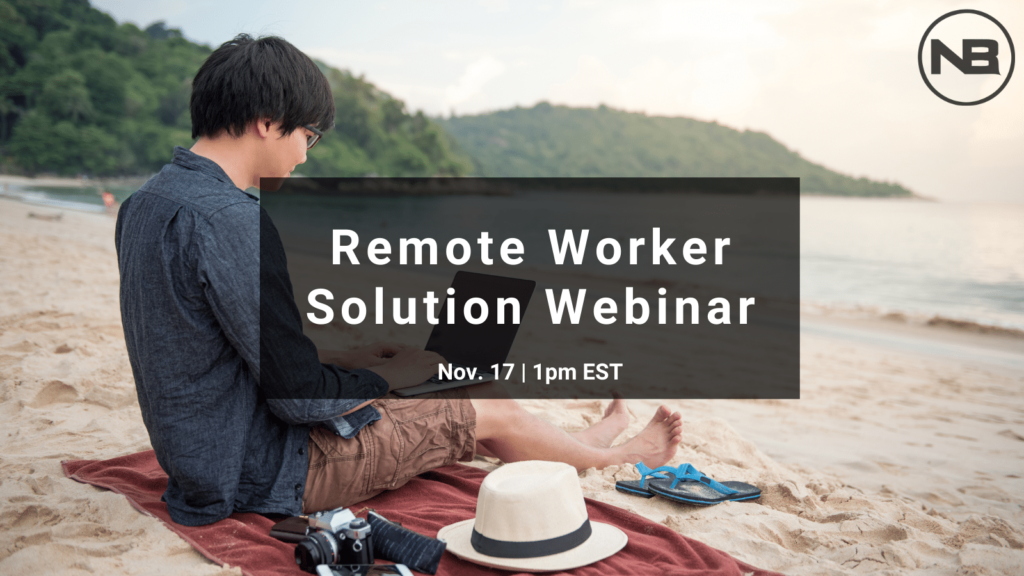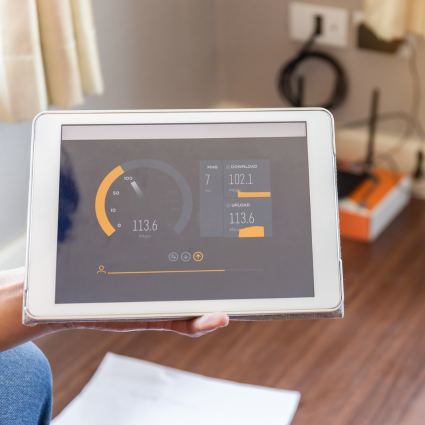
Abstract: As millions of workers leave their HQs behind and work from home there are new observability challenges for ITOps and security teams. These include:
1) ISPs and VPNs
2) Distributed/cloud apps
3) Consumer-grade equipment
4) Field support.
Remote Work is a Megatrend
If you read our recent Yellow Brick Road blog on remote work, you get the picture. Recent estimates on the scale of ‘permanent remote work’ are sizable, ranging from 14 to 23 million households about to leave their current cities while keeping their jobs. The early effects are already being noticed:
“The diaspora of tech talent is apparent in towns around the Rockies, where wealth and business activity are rising, along with property prices.” – Katherine Bindley, Wall Street Journal, Nov 1 2020
The ITOps Observability Challenges
Before the pandemic, having employees work on premises provided significant advantages to IT for a few reasons. The network infrastructure is managed and uses enterprise grade equipment. Also, most users are located near IT support. As a result, root cause analysis within a corporate environment is much easier than across hundreds or thousands of home offices. (If you want to learn more, read the EMA Research paper on extending network performance monitoring to the home office)
Here are the top 4 network observability challenges:
- Internet and VPN performance issues: Home networks are far more unstable and unpredictable than corporate networks. Internet Service Providers are already experiencing an unprecedented set of new challenges in meeting increased demand for bandwidth and subscribers. On the other end, enterprises have to keep up with a massive increase in VPN usage. Most network monitoring tools have great insight into network device status on the enterprise network but are completely blind to the user experience at the home network.
- Distributed apps: Today’s workforce relies heavily upon SaaS applications, which are hosted in public clouds outside the organization’s control. Lack of management further obscures observability into the end-user experience. Monitoring solutions that passively capture the end-user experience introduce privacy concerns. Active network monitoring is a good alternative to regain visibility into such environments.
- Consumer-grade equipment: Most home offices rely on consumer grade equipment that is not managed by corporate IT. Also, home networks are more prone to experience Wi-Fi coverage issues. Without network monitoring at the edge, where users work, it’s extremely difficult to troubleshoot user experience issues. This leads us to the last observability challenge for ITOps.
- Tech support challenges: In a previous blog (what’s the cost of remote worker tech support), I explained why field support costs are substantially higher than office support costs. Without proper monitoring and diagnostic tools deployed at the edge (e.g. network monitoring apps running on laptops/desktops) to automate the collection and troubleshooting of remote performance issues, tech support has no other option than to depend upon phone calls and/or video conference sessions with users who report issues.
Extending Network Observability to the Home Office
To address remote worker network observability challenges, here are 4 key capabilities to extend observability to home office networks:
- Collect and aggregate network connectivity, performance and throughput data from the remote worker’s laptop or desktop, from across the Internet, and within the VPN tunnel to identify and pinpoint performance issues.
- Actively test websites and SaaS applications’ availability and performance, including DNS checks without passively capture the end-users transactions.
- Constantly test network support for voice/video-over-IP calls, including identifying packet loss, jitter and latency issues that degrade voice and video services.
- Collect Wi-Fi metrics to detect performance issues caused by poor WiFi coverage and interferences with other WLAN networks or systems.
Conclusion
The home office is quickly gaining traction as a permanent alternative work environment. ITOps and security teams are charged with de-risking this change, and enabling the workforce to be productive in many new environments. The good news: there are observability solutions that mitigate these challenges and assist ITOps teams in maximizing their efforts and resources.
Want to learn more? Watch any of our 2020 webinars on network monitoring with Cisco, Extreme, NetBeez customers and remote worker network monitoring.
Join our upcoming webinar!
You can also Register Now for the upcoming NetBeez Remote Worker Solution Update with CTO Panickos Neophytou and Marketing Consultant Greg Ness.
We’ll discuss:
1) the WFH Trends
2) Problems to Solve
3) Our Solution to those Problems
4) The Roadmap through 2021.






